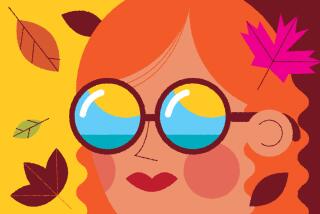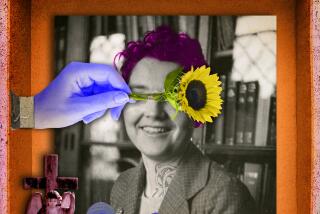Multicultural Manners : Recognizing Death as a Part of Life
The hospital oncology department holds meetings for doctors to ease the emotional toll of treating dying children.
At one session, Dr. Kent relates his concern about the family of Estela Ramirez, an 8-year-old patient who has recently died.
He has visited the Ramirez home and discovers an altar with incense, candles, yellow flowers, fruit, plates of food and Estela’s photo.
He notices more disturbing articles: candied skulls with eyes of rhinestones and sequins, small round breads decorated with skulls and crossbones, tiny toy coffins with pop-up cadavers and skeleton puppets.
Dr. Kent finds these objects morbid. Since Estela died more than three weeks ago, he believes the Ramirez family is behaving inappropriately, that they are obsessed with death.
He advises, “You must get on with your life.”
The Ramirez family believes that is what they are doing.
What went wrong?
Dr. Kent should have checked the calendar. He arrived at the Ramirez house on Nov. 2, All Soul’s Day. For Mexicans living across the border and here, it is also Dia de Los Muertos, or Day of the Dead.
Rather than discovering a macabre memorial for Estela, the doctor had stumbled into an annual event where families offer flowers and favorite foods to the recently deceased. This Aztec-based holiday, with ties to Halloween, recognizes--even celebrates--the reality that death is a part of life.
Rule: Before making assumptions, check the cultural traditions of the people with whom you are involved.
Norine Dresser is a folklorist and author of “I Felt Like I Was From Another Planet,” (Addison Wesley). Tell her your experiences c/o Voices.


